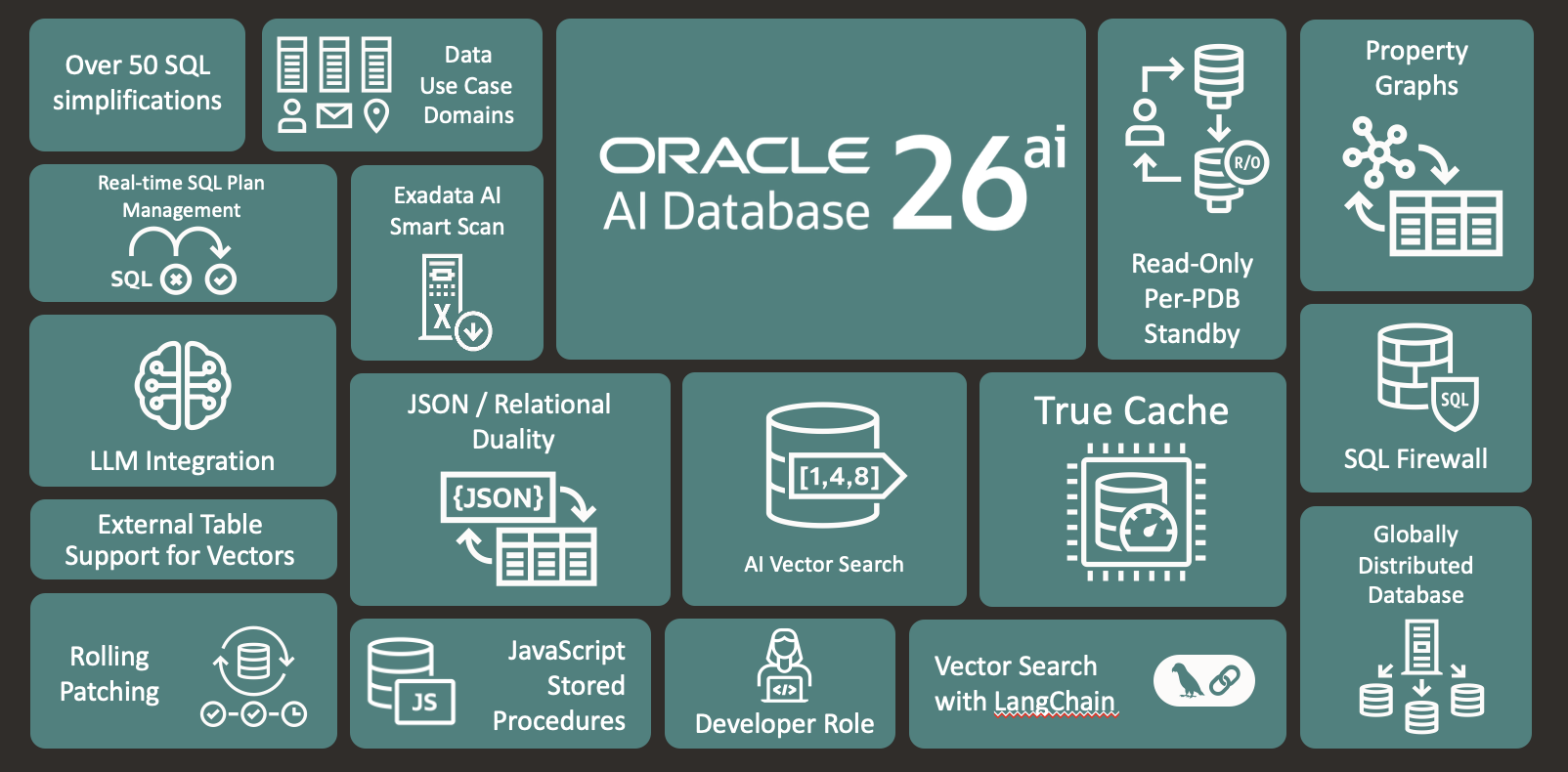The top three US public cloud providers — Amazon Web Services (AWS), Microsoft Azure, and Google Cloud — each reported strong but slightly decelerating growth for calendar Q4 2024. The increasing importance of AI workloads, rising capital expenditures, and shifts in customer spending patterns all impacted earnings and guidance for the quarter.
While AWS retains its market leadership, Microsoft Azure continues to narrow the gap, and Google Cloud shows notable improvements in profitability:
| CSP | Revenue | Operating Income | Market Share (est) |
|---|---|---|---|
| AWS | $28.8B (+19% y/y) | $10.6B (+48% y/y) | 30% |
| Azure | $25.5B (+19% y/y) | $10.9B (+14% y/y) | 21% |
| Google Cloud | $12B (+30% y/y) | $2.1B (+142% y/y) | 12% |
Let’s take a quick look at each provider in more depth.
Amazon Web Services (AWS)
- Maintained its market leadership with a 30% global share.
- Revenue grew 19% YoY to $28.8B, but slightly missed Wall Street expectations.
- Operating income surged 48% to $10.6B, showing strong profitability.
- Plans $100B in capital expenditures for 2025, primarily on AI infrastructure.
- Growth remains strong, but challenges include pricing pressures and competition.
Microsoft Azure
- Grew 19% YoY, with a total cloud revenue contribution of $25.5B.
- Market share stands at 21%, maintaining its position as AWS’s top challenger.
- Operating income grew 14% to $10.85B, indicating stable profitability.
- AI-driven workloads contributed significantly to revenue growth, but supply constraints for AI accelerators were noted.
- Plans $80B in capital expenditures for 2025, largely for AI data centers.
- Sales strategy adjustments may slow near-term growth, but long-term prospects remain strong.
Google Cloud
- Achieved the highest YoY growth of 30%, reaching $12B in revenue.
- Profits surged a remarkable142% YoY, marking significant financial improvement.
- Market share at 12%, reflecting a steady climb but still behind AWS and Azure.
- AI and analytics workloads were major growth drivers.
- Plans $75B in capital expenditures for 2025, focusing on AI infrastructure.
- Despite strong growth, Google Cloud remains in a catch-up phase, needing to further differentiate itself.
Quick Take
The latest round of earnings shows several key trends shaping the public cloud market:
1. Continued Growth with Signs of Maturity – While all three cloud giants reported strong revenue increases, growth rates are slightly decelerating, indicating a more mature market where enterprises are optimizing cloud spend rather than expanding usage indiscriminately.
2. AI as a Primary Growth Driver – Massive capital expenditures ($100B for AWS, $80B for Microsoft, $75B for Google) show that AI continues to set the agenda; spending is accelerating.
3. Increasing Competition and Market Share Shifts – AWS remains the dominant player but faces increasing competition from Microsoft Azure, which continues to gain enterprise traction, with a significant driver for Azure being its strong AI offerings. Google Cloud, while still behind, is improving profitability and focusing on AI to carve out its niche. Oracle, with its fast-growing Oracle Cloud Infrastructure, is a wildcard in this race (Oracle hasn’t yet released earnings this cycle).
4. Multi-Cloud and Cost Efficiency Trends – Enterprises are embracing multi-cloud strategies to mitigate vendor lock-in and optimize costs. CSPs are being forced to respond with more flexible pricing and enhanced AI-driven automation to improve efficiency.
5. Sustained Capital Investments Signal Long-Term Growth – Despite concerns about market saturation, heavy infrastructure investments show that the cloud providers themselves see long-term demand driven by the increased infrastructure needs demanded by AI workloads, high-performance computing, and data analytics.
Overall, the public cloud market is shifting from pure expansion to AI-driven differentiation. While growth is stabilizing, cloud providers are betting on AI infrastructure, multi-cloud adoption, and enterprise efficiency to drive the next wave of cloud innovation.





